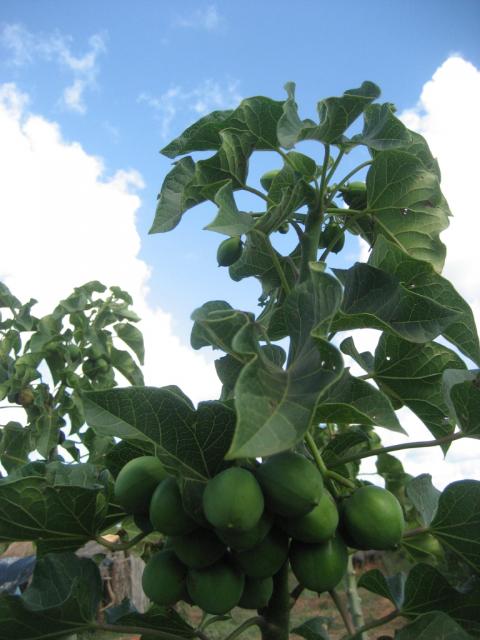
Mission NewEnergy Ltd
Overview
-
Sectors Entertainment
-
Posted Jobs 0
-
Viewed 89
Company Description
Make your own Biodiesel Part 1

There are at least 3 methods to run a diesel motor on biofuel using vegetable oils, animal fats or both. All 3 are utilized with both fresh and used oils.
1. Use the oil simply as it is– typically called SVO fuel (straight grease);

2. Mix it with kerosene (paraffin) or petroleum diesel fuel, or with biodiesel, or blend it with a solvent, or with gas;
3. Convert it to biodiesel.
The first 2 techniques sound easiest, but, as so typically in life, it’s not rather that simple.
1. Mixing it
Grease is far more thick (thicker) than either petro-diesel or biodiesel. The purpose of mixing it or blending it with other fuels is to reduce the viscosity to make it thinner so that it flows more easily through the fuel system into the .
If you’re blending veg-oil with petroleum diesel or kerosene (same as # 1 diesel) you’re still utilizing fossilfuel– cleaner than the majority of, however still not tidy enough, many would say. Still, for every single gallon of
grease you utilize, that’s one gallon of fossil-fuel conserved, which much less climate-changing carbon in the atmosphere.
People utilize various blends, ranging from 10% vegetable oil and 90% petro-diesel to 90% veggie oil and 10% petro-diesel. Some people just utilize it that method, launch and go, without pre-heating it (which makes veg-oil much thinner), or even use pure grease without pre-heating it, which would make it much thinner.
You might get away with it with an older Mercedes 5-cylinder IDI diesel, which is a very difficult and tolerant motor– it will not like it however you most likely won’t kill it. Otherwise, it’s not smart.
To do it appropriately you’ll require what totals up to an SVO system with fuel pre-heating anyway, ideally utilizing pure petro-diesel or biodiesel for starts and stops. (See next.) In which case there’s no requirement for the mixes.
Blends with numerous solvents and/or with unleaded fuel are “speculative at finest”, little or absolutely nothing is understood about their effects on the combustion qualities of the fuel or their long-term effects on the engine.
Higher viscosity is not the only issue with utilizing vegetable oil as fuel. Veg-oil has various chemical homes and combustion attributes from the petroleum diesel fuel for which diesel engines and their fuel systems are designed.
Diesel motor are high-tech machines with really precise fuel requirements, especially the more modern-day, cleaner-burning diesels (see The TDI-SVO controversy).
They are difficult however they’ll only take a lot abuse. There’s no guarantee of it, however utilizing a blend of approximately 20% veg-oil of good quality is said to be safe enough for older diesels, specifically in summer.
Otherwise using veg-oil fuel requires either a professional SVO solution or biodiesel. Mixes and blends are generally a bad compromise. But mixes do have a benefit in winter.
Similar to biodiesel, some kerosene or winterised petro-diesel fuel blended with straight grease decreases the temperature level at which it begins to gel. (See Using biodiesel in winter) More about fuel mixing and blends.
